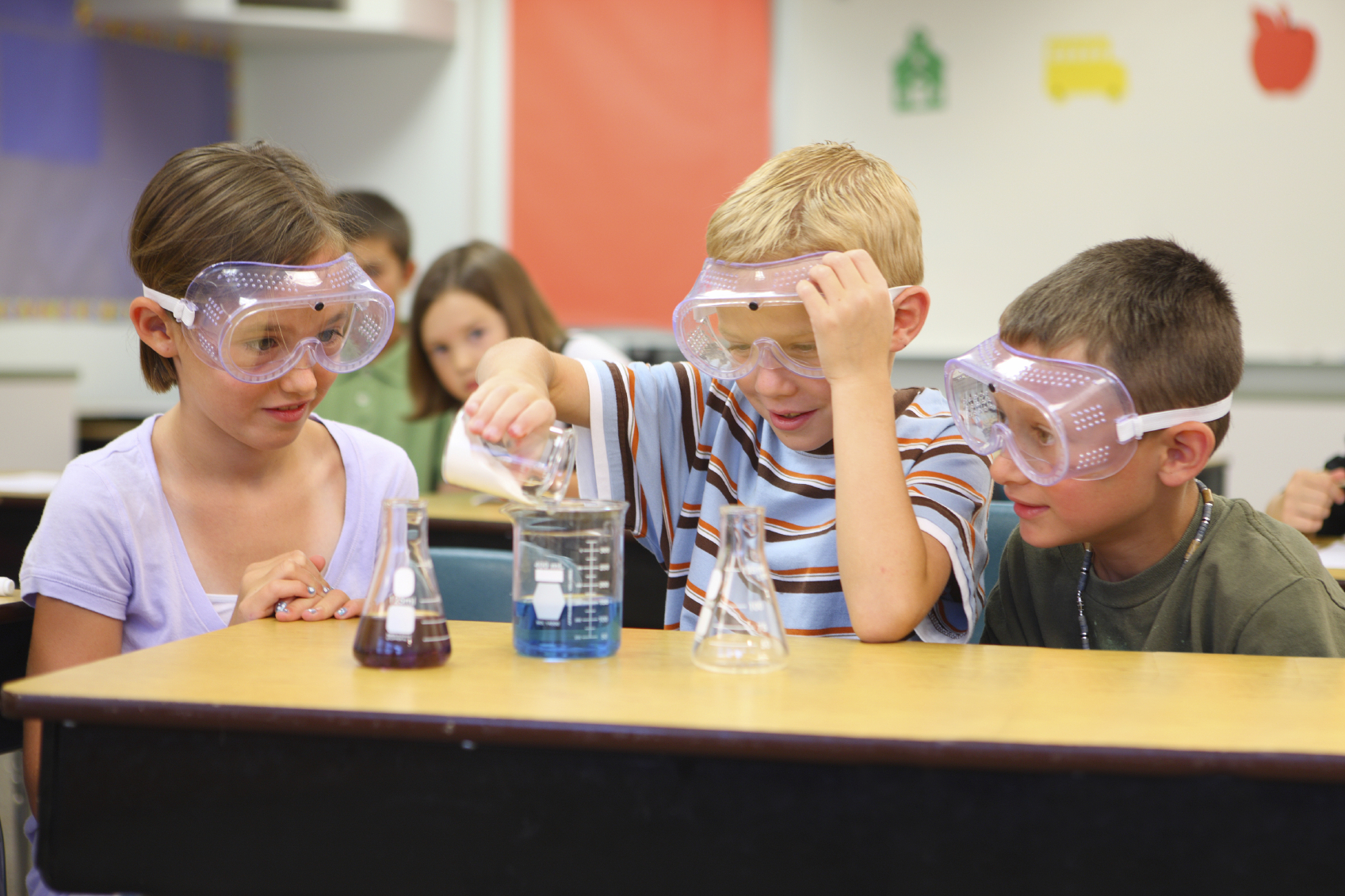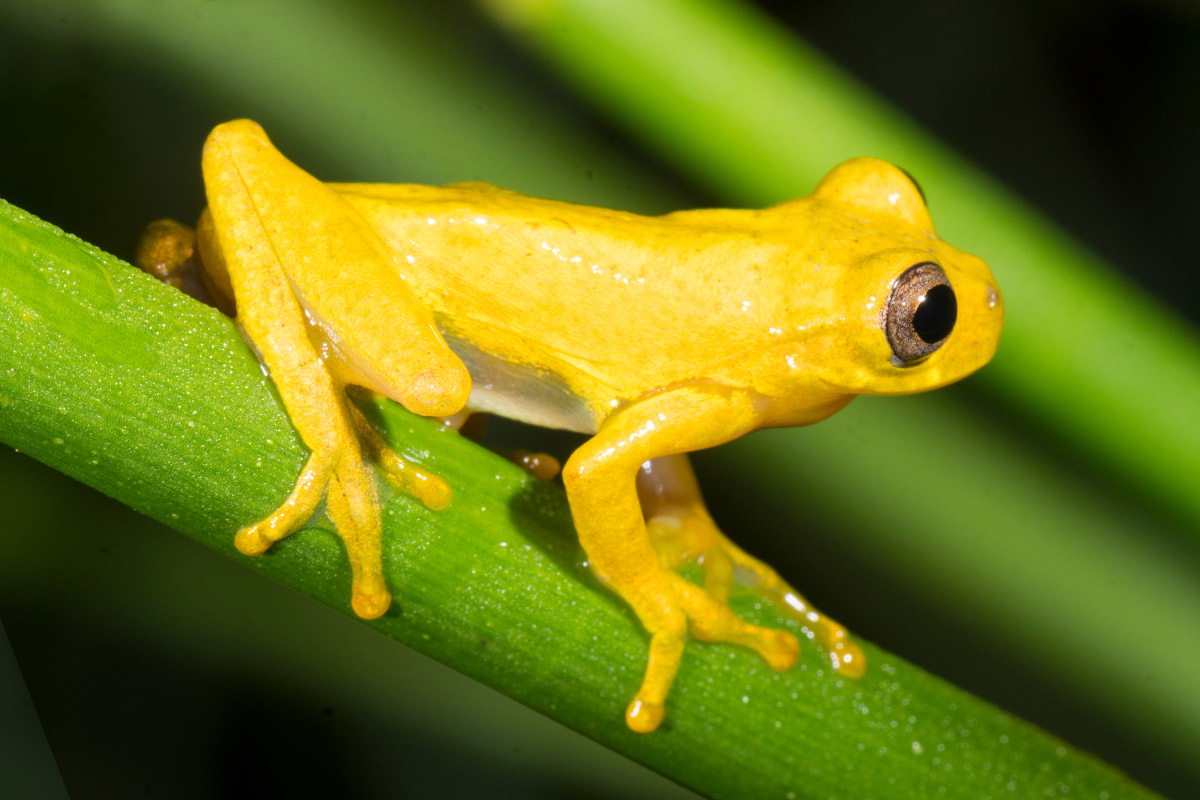A Chemical Compound
Sir Humphrey Davy (1778-1829) was the first person to separate salt into its constituent parts of sodium and chlorine. He did this in 1807 but at that time no one could think of anything useful to do with them! Since then however both sodium and chlorine have become the bedrock for many manufacturing industries.
Today salt and the constituent parts keep our industries alive. The properties of chlorine and sodium, plus the principal compounds from them, make salt one of the most important raw materials used by industry.
Chlorine compounds of commercial importance include hydrochloric acid (used to make PVC), chlorinated hydrocarbons (used in dry cleaning) and bleaching powder (used to make water safe).
Important sodium compounds include sodium carbonate (used to soften water), sodium sulphate (used in washing powders), baking soda (used by bakers to help lighten and soften their bread & cakes), sodium phosphate (also used by bakers) and sodium hydroxide (used in the pulping of wood for making paper).
Electrolysis of Sodium Chloride Solution
The electrolysis of concentrated sodium chloride solution is an important industrial process and produced three useful products:
- Chlorine (Cl2)
- Sodium hydroxide (NaOH)
- Hydrogen (H2)
An electric current is passed through the solution between electrodes made of inert materials so they do not react with these useful products made during the electrolysis reaction.
During the electrolysis of sodium chloride solution:
- Hydrogen ions are reduced to hydrogen molecules
- Chloride ions are oxidised to chlorine molecules
Reduction and oxidation must always occur together so they are sometimes referred to as “redox” reactions.
How Electrolysis of Sodium Chloride Solution Works
During electrolysis pairs of hydrogen ions are attracted to the negative electrode (the cathode) where they pick up electrons to form hydrogen molecules.
Hydrogen ions + Electrons → Hydrogen Molecules
Pairs of chloride ions are attracted to the positive electrodes (the anode) where they deposit electrons to form chlorine molecules
Chloride Ions → Chlorine Molecules + Electrons
A solution of sodium hydroxide (NaOH) is also produced.
Hydrolysis
Hydrolysis is a reaction involving the breaking of a bond in a molecule using water. The reaction mainly occurs between an ion and water molecules and often changes the pH of a solution. In chemistry, there are three main types of hydrolysis: salt hydrolysis, acid hydrolysis, and base hydrolysis. http://en.wikipedia.org/wiki/Hydrolysis

Experiment: How to Grow a Salt Crystal
Chemicals from Salt
When an electric current is passed through a strong solution of salt in water, electrolysis occurs and three products are formed:
- Chlorine (Cl2)
- Sodium Hydroxide (NaOH)
- Hydrogen (H2)
Because hydrogen and chlorine gases form an explosive mixture, it is important to keep them separated. All three products are useful individually and they can also be combined together to make further products. Sodium hydroxide and chlorine combine to form sodium hypochlorite solution which is widely used in the home as domestic bleach. A stronger solution of sodium hypochlorite is used as a dairy and industrial disinfectant.
Under different reaction conditions, sodium hydroxide and chlorine will react to form sodium chlorate. This is produced as white crystals which can be highly explosive or inflammable if mixed with organic matter. Solutions of sodium chlorate are widely used as a herbicide.
When chlorine gas is burned in hydrogen, the two gases react to form hydrogen chloride. The hydrogen chloride dissolves in water to form hydrochloric acid. Hydrochloric acid made in this way is very pure, and can be used safely in the food and pharmaceutical industries.

Chlorine
Chlorine is found in the Earth itself and, as salt, in the seas that cover seven-tenths of the planet’s surface.
It is fundamental to the life of plants and animals. In our bodies, chlorine, as hydrochloric acid, helps break down food for digestion. It is also part of the immune system that protects us from infection.
